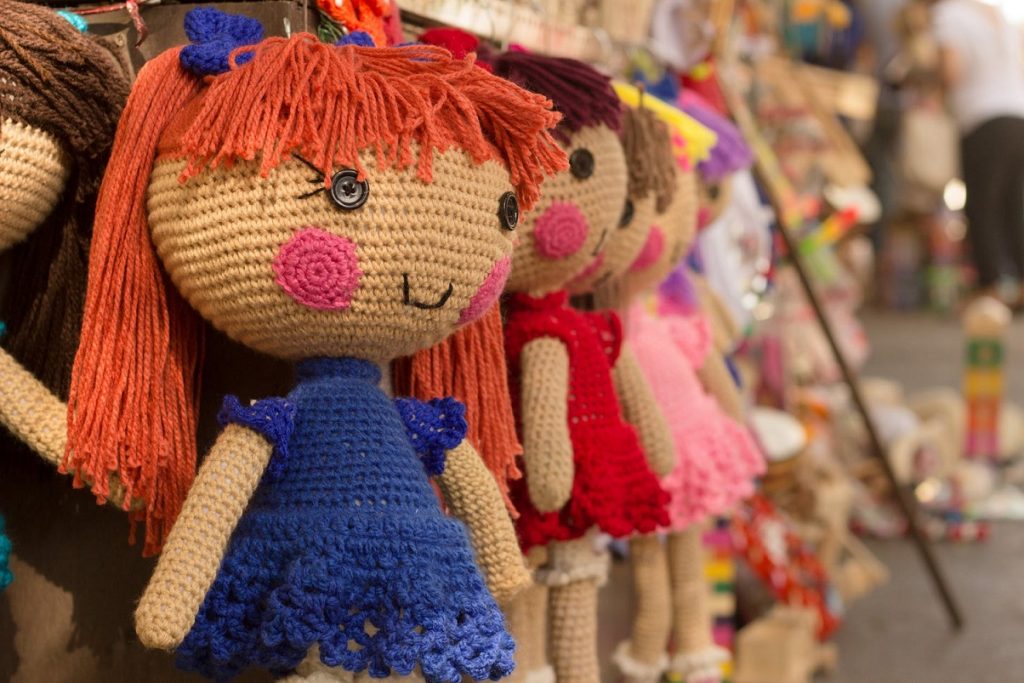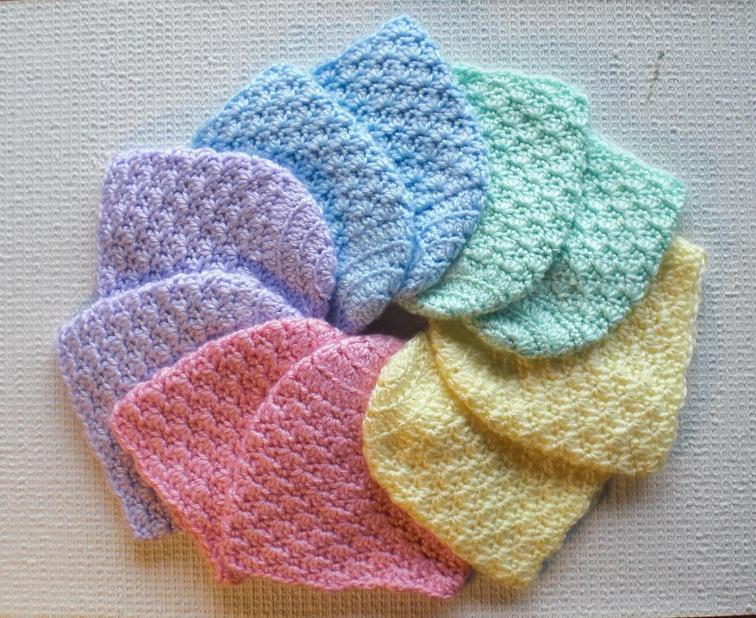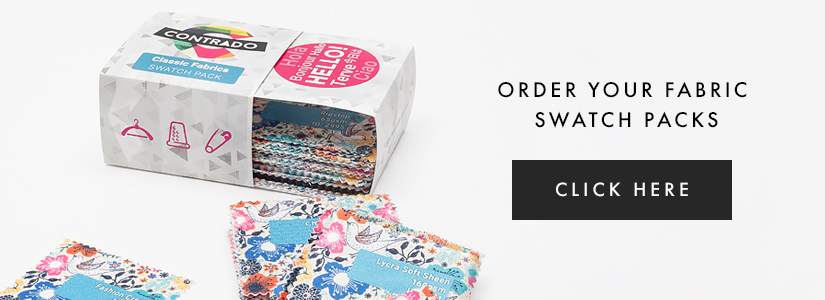What is Crochet?
Most of us would have encountered crochet in some form or the other, whether as apparel or as accessories. The fine loop-like construction and the vibrant colours of the threads is an interesting way to break the monotony of items used for everyday fashion and living. It isn’t the name of the fabric itself, but rather, the process of creating fabric by interlocking loops of yarn, thread or strands of other materials using a hook. This name derives from French, meaning ‘small hook’.
What is Crochet made of?
You can make crochet from materials such as metal, wood or plastic using a crochet hook. You can manufacture it commercially or produce it in artisan workshops. Crochet thread is made from mercerized cotton which has a denser pile and smaller diameter than regular yarn.
The History of Crochet & its Origin

The word crochet first appeared in the Dutch magazine Penélopé in 1823. The Memoirs of a Highland Lady by Elizabeth Grant has the first English reference to garments made of cloth produced by looping yarn with a hook. Despite its English origins, there is evidence of a connection between French tambour embroidery and crochet. The former method of production was illustrated in detail in Diderot’s Encyclopedia, 1763. Several other books have frequently mentioned the use of ivory, bone, or wooden hooks and steel needles.
Crochet was introduced in Ireland, in the 19th century, as a form of famine relief during the Great Irish Famine (1845–1849). Poverty-stricken Irish workers made money through production of crocheted lace. Crocheting was also introduced in schools as part of the famine relief process. The craft reached the Americas with the migration of the Irish. Mademoiselle Riego de la Blanchardiere is credited with inventing Irish crochet. She published the first book of patterns in 1846. Irish lace became popular in Europe and America and was made in bulk until World War I.
The crafting surge
From the late 1940s until the early 1960s, the interest in home crafts resurged, particularly in the United States, with several creative crochet designs published for colourful doilies, potholders, and other home items. The late 1960s and early 1970s saw the new generation developing an interest in crochet and using bright colours.
The end of the Victorian era brought a change in crochet fashions. Crocheted lace became even more elaborate in texture and stitching. Preference for white or pale-coloured threads increased. After World War I, the publishing of crochet patterns was scarce. Most of them were simplified versions of the early 20th-century patterns.
After a small decline in popularity, crocheting and other handcrafts picked up pace in the early 21st century with a change in patterns and use of bright colours. You can buy materials online or in craft shops. Reading about the craft allows it to be self-taught through books.
Crochet has experienced a revival in the fashion world. Christopher Kane’s Fall 2011 Ready-to-Wear collection makes intensive use of the granny square, one of the most basic of crochet motifs. In addition, it is a craft that has been used many times by designers on the popular reality show Project Runway. Websites such as Etsy and Ravelry have made it easier for individual hobbyists to sell and distribute their patterns or projects across the internet. Laneya Wiles released a music video titled “Straight Hookin’” which makes a play on the word “hookers,” which has a double meaning for both “one who crochets” and “a prostitute.”

How is crochet made?
It’s how we make it. The formation of crocheted fabric depends on ‘starting chain’. We determine the length of the starting chain by the number of stitches needed for the first row of fabric and the number of chains required to arrive at the correct height of the first stitch in the first row.
There can be more than two chains in each stitch. While making crochet, you work one or more main chains at each row. You then bring the hook up to the height of the first stitch in the row. The number of chains used for turning depends on the height of the stitch.
Types of Crochet
- Single crochet – One chain
- Half double crochet – two chains
- Double crochet – three chains
- Treble crochet – four chains
How we use crochet
We use crochet to illustrate shapes in hyperbolic space. Often those that are difficult to reproduce using other media. It’s great for shapes that are difficult to understand when viewed two-dimensionally too.
Mathematician Daina Taimina first used this method in 1997 to create strong, durable models of hyperbolic space after finding paper models were delicate and hard to create. These models enable one to turn, fold, and otherwise manipulate space to more fully grasp ideas such as how a line can appear curved in hyperbolic space yet actually be straight. In the world of Fashion, Dutch designer Iris Van Herpen has made extensive use in her various collections.
Crochet for charity

It was a common practice for groups of people to craft clothing and other garments and then donate them to soldiers during the war. The practice continues even now into crocheting clothing and then donating it to hospitals, patients and also for newborn babies. Sometimes groups will join together and create for a specific charity purpose. It is also becoming increasingly popular to make hats and donate them to cancer treatment centres, for those undergoing chemotherapy. During October, it is common for people to make pink hats and scarves. Donating the proceeds to breast cancer funds afterwards. A few organisations dedicated to using their craft as a way to help others include Knots of Love, Crochet for Cancer, and Soldiers’ Angels.
Advantages
- Easy to learn
- Easier to recover from mistakes due to fewer live stitches
- Cost-effective in terms of investing in materials
- Portable
- Inexpensive way of making clothing and accessories
- Several health benefits such as stress relief, toning of eyes and muscles in the fingers, staves off Alzheimer’s
Disadvantages
- Limited stitches and patterns
- Thicker stitches that can lead to bulkier garments
- Colourwork might not come out very neatly
- Does not have a wide market
Can I print crochet fabric?
You most certainly can now! If you are crocheting your own material, depending on what you use will depend entirely on whether you can dye it or not. However, you don’t have to be a crocheting pro to make crocheted clothing. Why not try your hand at making something from crochet lace, giving you the same wonderful effect, without having to learn to crochet? Check out how fabulous your print will look by ordering a test print first.
Now that you know what it is, its time to get creative with our fabric swatch pack, which even contains a Crochet Lace Fabric that you can actually print on.



